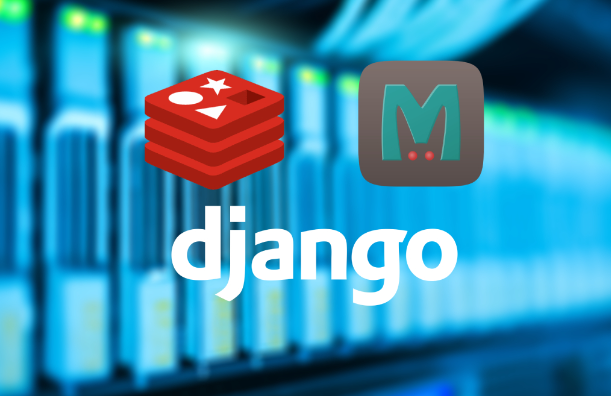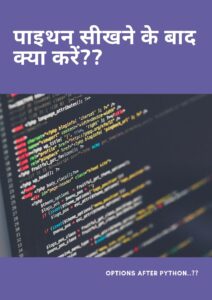Title: Caching in Django: Improving Performance
Introduction:
Caching is a powerful technique that can significantly improve the performance of Django applications by reducing the time and resources required for repeated data retrieval and processing. In this article, we will explore the importance of caching in Django and how to implement various caching strategies to enhance the performance of your applications.
- Understanding the Importance of Caching in Django:
- Explaining the concept of caching and its benefits in web applications
- Discussing the impact of caching on reducing database queries and server load
- Highlighting the performance improvements achieved through caching in Django
- Enabling and Configuring Caching in Django:
- Configuring Django’s cache backend and storage options
- Choosing appropriate cache backends (e.g., Memcached, Redis)
- Configuring cache keys, timeouts, and cache eviction strategies
- Caching Techniques in Django:
- Caching entire views or parts of views using Django’s cache decorators
- Implementing template-level caching for dynamic content
- Utilizing low-level caching using Django’s cache API for more granular control
- Caching Database Queries:
- Caching database query results using Django’s ORM caching
- Implementing query-level caching to avoid repetitive database queries
- Handling cache invalidation and cache consistency for database queries
- Managing Cache Invalidation:
- Implementing cache invalidation strategies for maintaining data integrity
- Utilizing cache tags and cache keys for fine-grained cache invalidation
- Handling cache expiration and cache refreshing mechanisms
- Caching Dynamic Content:
- Implementing caching strategies for dynamically generated content
- Utilizing cache middleware for caching entire pages or fragments
- Combining caching with AJAX and client-side rendering techniques
- Cache-Control Headers and HTTP Caching:
- Understanding HTTP cache-control headers and their significance
- Configuring cache-control headers in Django for browser caching
- Implementing conditional requests and ETags for efficient HTTP caching
- Caching Static Files and Assets:
- Leveraging browser caching for static files and assets
- Utilizing content delivery networks (CDNs) for efficient asset caching
- Implementing cache busting techniques for updated static files
- Monitoring and Debugging Caching:
- Monitoring cache hits, misses, and performance using Django debug tools
- Debugging cache-related issues and inconsistencies
- Analyzing cache performance and optimizing cache configurations
- Cache Considerations in Production:
- Scaling cache solutions for high-traffic Django applications
- Configuring cache storage and cache backends for optimal performance
- Considerations for cache persistence and cache invalidation strategies
- Testing Caching:
- Writing tests to verify cache behavior and cache-related functionality
- Implementing test fixtures and mocks for cache dependencies
- Evaluating cache performance and behavior under different scenarios
Conclusion:
Caching is a crucial aspect of optimizing performance in Django applications. By implementing caching strategies outlined in this article, you can significantly reduce response times, database load, and server resources, resulting in improved scalability and user experience. Experiment with different caching techniques, monitor cache performance, and fine-tune cache configurations to ensure optimal performance in your Django applications.



